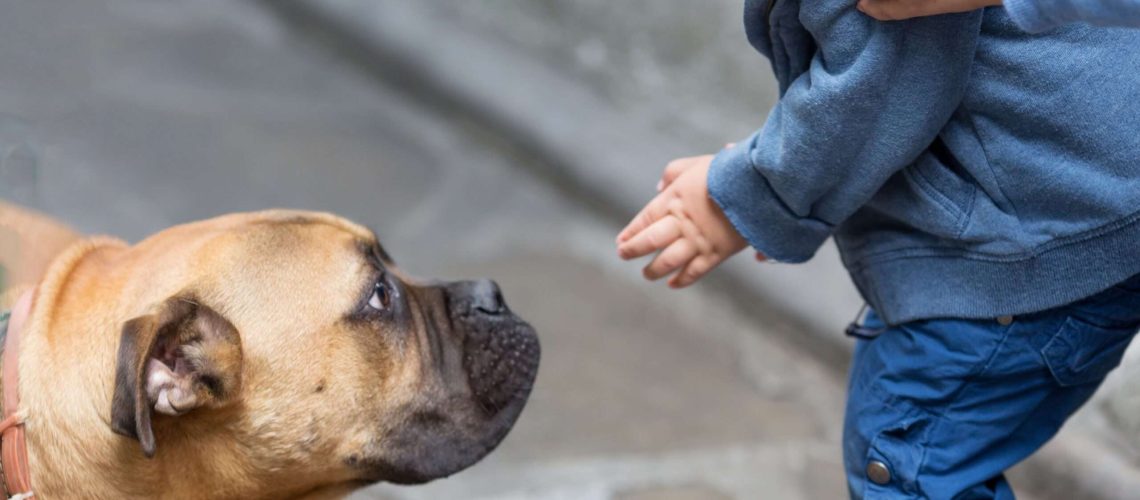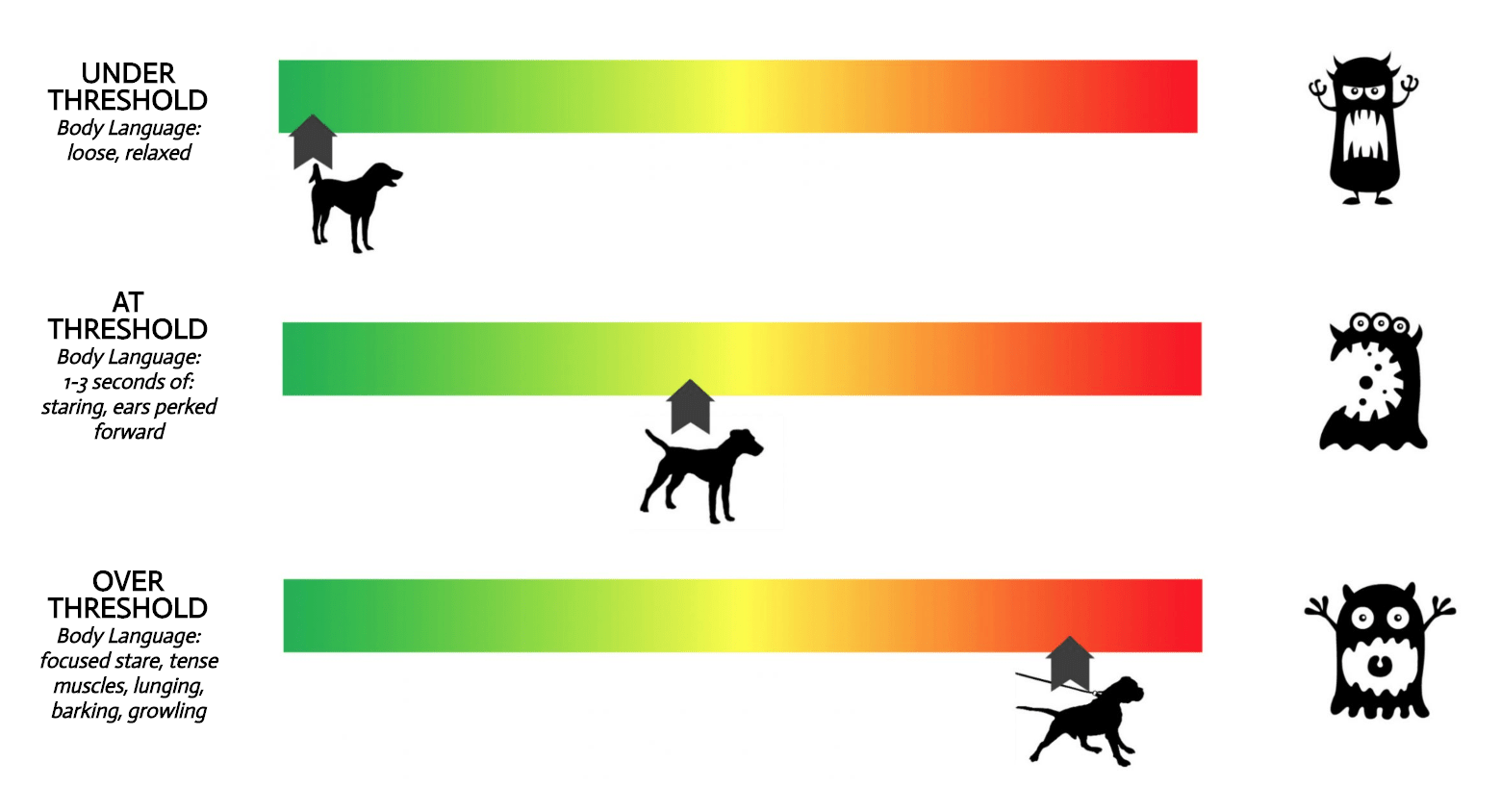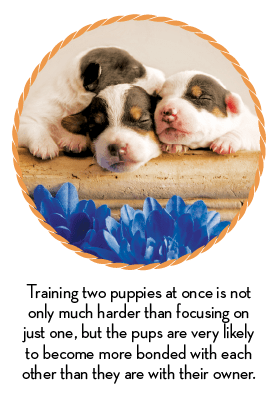Key Takeaways:
- Understanding the root cause: It is important to identify the underlying reason for your dog's fear of children, which could be a previous negative experience or lack of socialization.
- Gradual exposure and desensitization: Introduce your dog to children in a controlled and positive environment, gradually increasing their exposure over time to help them overcome their fear.
- Positive reinforcement: Reward your dog with treats, praise, and affection whenever they exhibit calm behavior around children, reinforcing positive associations.
- Seek professional help if needed: If your dog's fear persists or worsens despite your efforts, consult a professional dog trainer or behaviorist who can provide expert guidance and assistance.
- Teach children how to interact: Educate children on appropriate ways to approach and interact with dogs, emphasizing gentle behavior and giving the dog space when necessary.
Are you worried about your furry friend's fear of children? Imagine a world where your dog feels calm and comfortable around kids, allowing for peaceful playdates and stress-free family gatherings.
Understanding how to solve your dog's fear of children is not only essential for their well-being but also for the safety and happiness of everyone involved. In this guide, we will explore simple yet effective techniques that seamlessly integrate into your daily routine to help your dog overcome their fears.
Common Problems Dogs Have with Children
Dogs and children can have a wonderful bond, but sometimes dogs may have problems when interacting with kids. One common problem is that dogs may become fearful or anxious around children. This can be due to past negative experiences or a lack of socialization with kids when they were puppies. Another problem is that some dogs may not understand how to properly interact with children, leading to rough play or even biting incidents. It's important for dog owners to be aware of these potential issues and take steps to address them.
Past Negative Experiences
Sometimes, dogs may develop fear or anxiety around children because of past negative experiences. For example, if a dog was accidentally hurt by a child in the past, they may become fearful and defensive around all children. Additionally, if a dog has been teased or harassed by kids in the past, it can create a negative association with children in their mind. These past experiences can make it challenging for dogs to feel comfortable and relaxed around children.
Lack of Socialization
Another reason why some dogs may have problems with children is a lack of socialization during their early development stages. Socialization involves exposing puppies to various people, animals, and environments so they can learn how to interact appropriately. If a dog did not have enough positive experiences with well-behaved children during their critical socialization period (usually between 3-14 weeks old), they may struggle to understand how to behave around kids as adults. This lack of socialization can lead to fear, anxiety, or even aggression towards children.
Reasons Why Some Dogs Are Afraid of Children
There are several reasons why some dogs may be afraid of children:
Size and Unpredictability
Children are often smaller than adults and can move in unpredictable ways. This can be intimidating for dogs, especially if they haven't been exposed to children before. Dogs may perceive the quick movements and high-pitched voices of kids as threatening or overwhelming. The size difference between dogs and children can also make dogs feel vulnerable or unsure about how to interact.
Lack of Understanding
Dogs communicate differently from humans, and children may not understand a dog's body language or signals. For example, a child may approach a dog directly, make eye contact, or try to hug them, which can be seen as threatening or invasive by the dog. Dogs may become fearful or anxious in these situations because they don't know how to communicate their discomfort effectively.
Helping Your Dog Overcome Fear of Children
If your dog is afraid of children, there are steps you can take to help them overcome their fear:
Positive Associations
Start by creating positive associations between your dog and children. Gradually introduce them to well-behaved and calm children in controlled environments. Use treats and praise to reward your dog for calm behavior around kids. Over time, your dog will learn that being around children leads to positive experiences.
Desensitization Techniques
You can also use desensitization techniques to gradually expose your dog to the presence of children without overwhelming them. Start at a distance where your dog feels comfortable and gradually decrease the distance over time while monitoring their reactions closely. This process helps your dog build confidence and reduces their fear response.
Signs that Show a Dog is Scared or Anxious Around Children
Dogs display various signs when they are scared or anxious around children:
Body Language
- Tail tucked between the legs
- Ears pinned back
- Cowering or trying to hide
- Panting excessively
- Whale eye (showing the whites of their eyes)
Vocalizations
- Growling or barking
- Whining or whimpering
Avoidance Behaviors
- Trying to move away from children
- Hiding behind furniture or objects
- Avoiding eye contact with children
Training Techniques to Desensitize Dogs to Children
Here are some training techniques you can use to desensitize your dog to children:
Counter Conditioning
Counter conditioning involves pairing the presence of children with something positive for your dog, such as treats or playtime. Start at a distance where your dog is comfortable and gradually decrease the distance while rewarding them for calm behavior. This helps your dog associate children with positive experiences.
Reward-Based Training
Use reward-based training methods to reinforce calm behavior around children. When your dog remains calm and relaxed in the presence of kids, reward them with treats, praise, and playtime. Consistency and positive reinforcement will help your dog understand what behavior is expected of them.
The Time it Takes for a Dog to Overcome Fear of Children with Training and Patience
The time it takes for a dog to overcome fear of children can vary depending on several factors:
Severity of Fear
If a dog's fear of children is mild or moderate, with proper training and patience, they may start showing improvement within a few weeks. However, if the fear is severe or deeply ingrained, it may take several months or even longer to see significant progress.
Consistency in Training
Consistency is crucial when helping your dog overcome fear. Regular training sessions and exposure to children in controlled environments are essential. It's important to be patient and not rush the process, as each dog progresses at their own pace.
How Professional Trainers Can Assist in Solving a Dog's Fear of Children
Professional trainers can play a vital role in helping dogs overcome their fear of children:
Expertise and Experience
Professional trainers have the knowledge and experience to assess a dog's behavior accurately. They can identify the underlying causes of fear and develop a customized training plan tailored to your dog's specific needs.
Structured Training Programs
Trainers can provide structured training programs that gradually expose your dog to children in a controlled and safe environment. They will guide you through desensitization techniques, teach you how to read your dog's body language, and provide ongoing support throughout the training process.
Overall, professional trainers can offer guidance, expertise, and support that can significantly increase the chances of success in overcoming a dog's fear of children.
In conclusion, helping your dog overcome their fear of children requires patience, positive reinforcement, and gradual exposure. By understanding their fears and providing a safe environment, you can help your dog build confidence and develop a positive relationship with children.
How do I help my dog with fear of children?
Begin by having calm children walk by at a safe distance and throw your dog's preferred treats to her. It is important to keep the dog leashed and a good distance away. By consistently showing the dog that positive things happen whenever a child walks by, she may start to anticipate the presence of children and look forward to their company.
Why is my dog terrified of children?
It is possible that your dog has experienced incidents such as having its tail pulled, being poked in the eye, having fur torn out, or other small injuries caused by children. As a result of these experiences, your dog may have learned to be fearful of children and view them as potential aggressors.
Can a dog get over fear of children?
If your dog is not fond of children, there are various training methods such as counter-conditioning and desensitization that can help your dog become more at ease in the presence of kids. Children and dogs often develop great bonds, but certain dogs may feel uneasy around children and exhibit fearful reactions.
How do you break a dog's fear?
Dogs gain confidence by associating positive experiences with things that scare them. The most effective method to help a timid or anxious dog build confidence is to gradually introduce them to their fears at a low level. It is important to pair this exposure with something enjoyable for the dog, such as a delicious treat.
Can dogs sense a bad child?
Dogs have the ability to discern between good and evil by observing a person's behavior, tone of voice, and body language. Their instincts and senses aid them in determining whether a person or object is good or evil.
How do I know if my dog is safe with kids?
Be on the lookout for indicators of stress. There may be days when a significant amount of stress accumulates at once. Signs of stress can include avoiding eye contact, cowering, yawning, licking lips, shaking off, heavy panting, ears pulled back, hiding, and other behaviors. It is important not to overlook these signs, particularly when children are interacting with your dog.

















